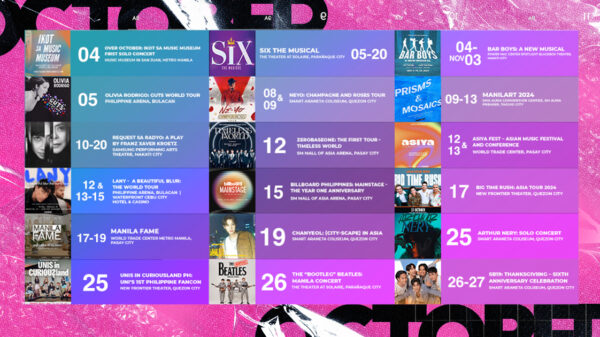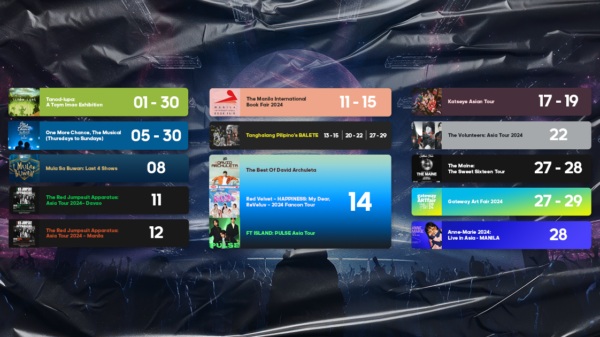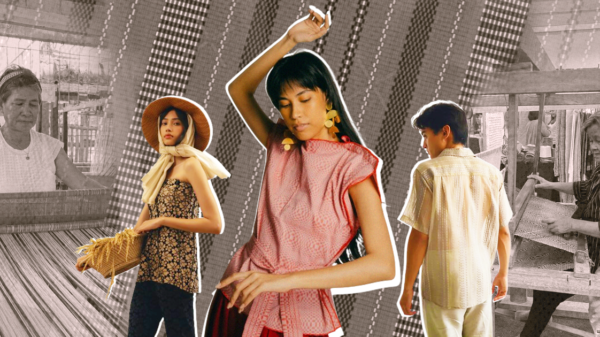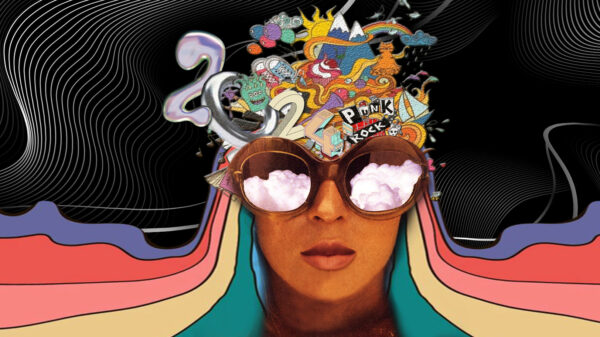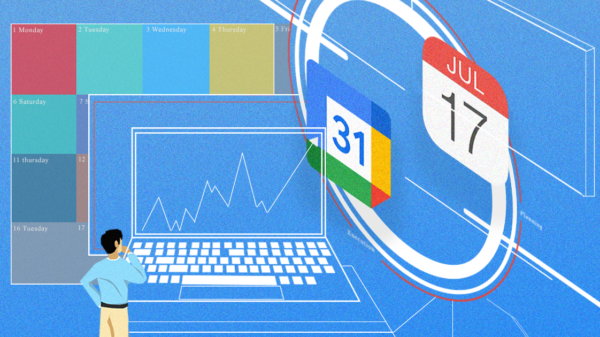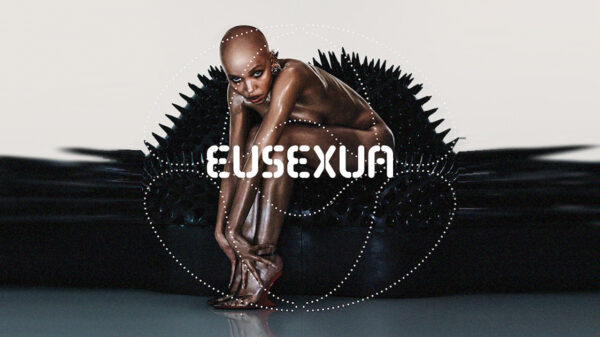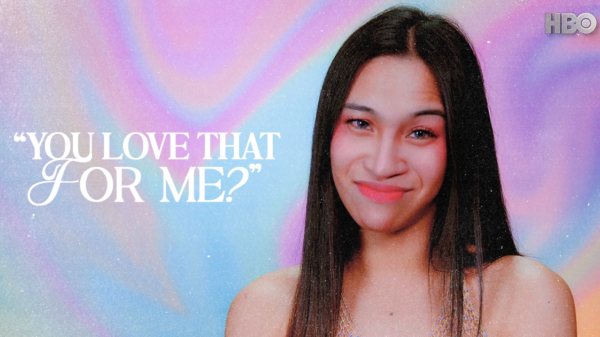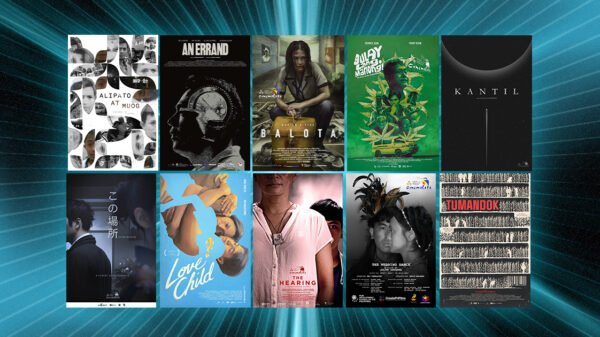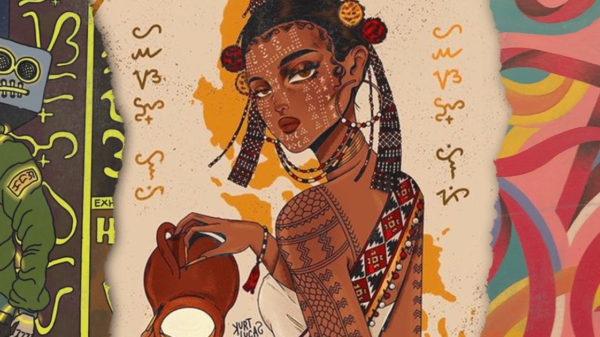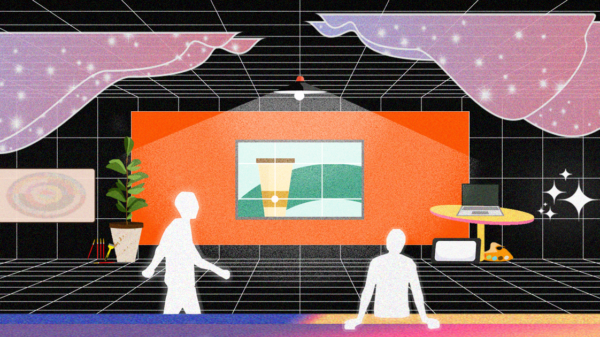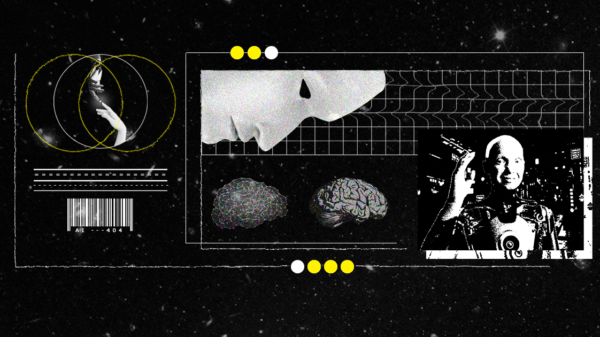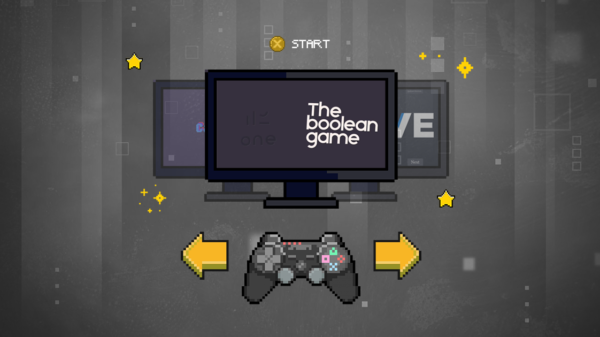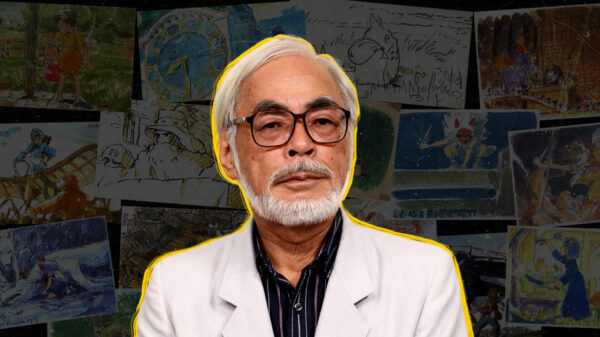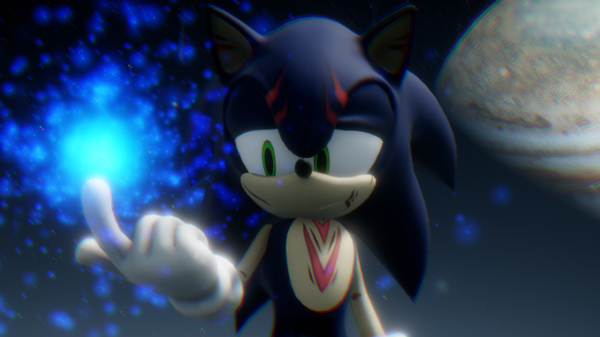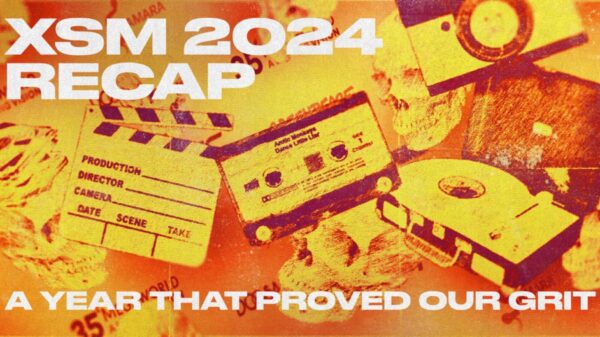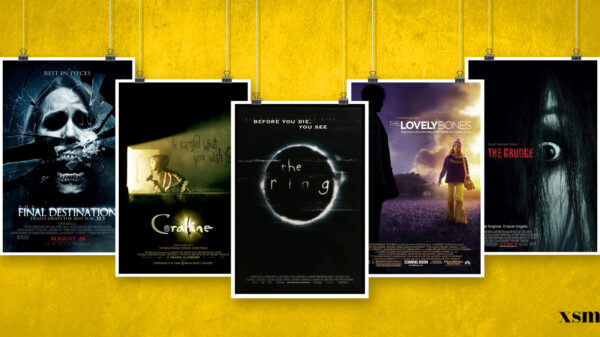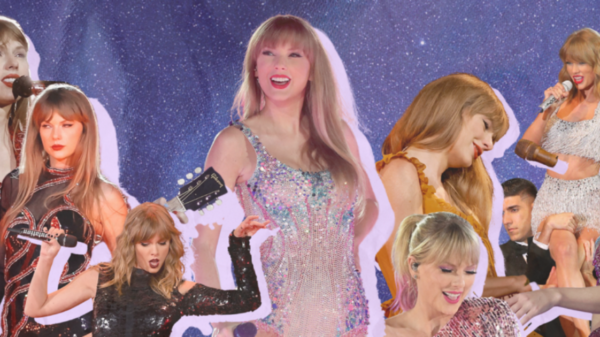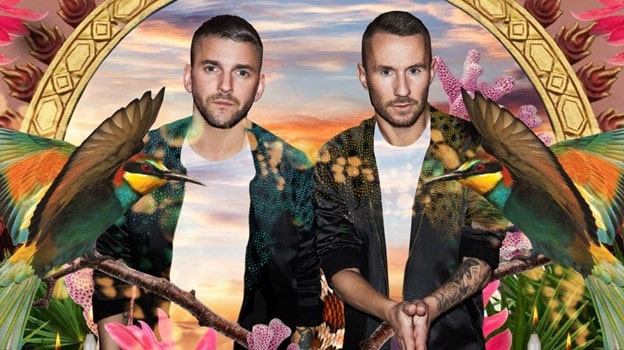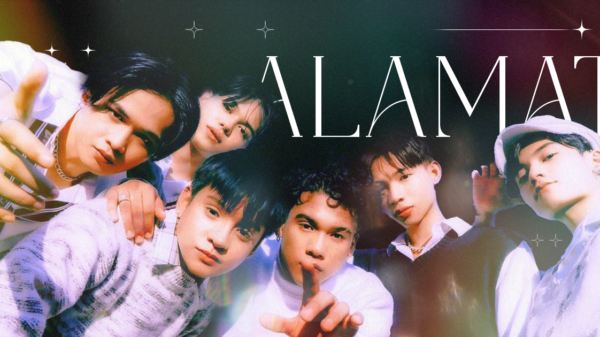Electronic Dance Music, or EDM, is a broad term that encompasses a wide range of electronic music styles. The term electronic dance music (EDM) first appeared in the mid-’80s. Historically, from 2010 to 2016 were the height of electronic dance music’s popularity. Under the umbrella of electronic dance music’s many subgenres are house, trance, techno and acid which became popular prior to the emergence of main stream music producers that we are familiar all with. Several well-known EDM musicians have made progressive house their primary genre of choice including Calvin Harris, Martin Garrix, David Guetta, Tiesto and Hardwell to name a few.
It’s unclear where their music has gone but is it over?

Delby Derbyshire operating a reel to reel tape machines in 1965
The Birth of Electronic Dance Music
Composers started reinventing instruments and structured sound in the early twentieth century, which in turn redefined music. A new age of music began when modernism, futurism, and postmodernism fused musically. It’s safe to say that Delia Derbyshire was one of the earliest producers and synthesists of electronic music. Many are familiar with her groundbreaking “Doctor Who” theme and landmark 1969 album “An electronic storm.” However, owing to BBC copyright, she was never given appropriate credit for any of her work on television or radio shows, for which her sound contributed significantly.

Martin Garrix at Made in America 2016

Steve Aoki

David Guetta, Tomorrowland 2019
The market of EDM
If you think of EDM is the soundtrack to every bachelor or bachelorette party, a Saturday night clubbing, an epic festival or just a random house party, you’re not wrong. EDM is widely popular and accepted all over the world primarily in the United Kingdom, the United States, Belgium, Spain, Sweden and Australia. Electronic dance music (EDM) is often associated with musicians like David Guetta, Martin Garrix, Dimitri Vegas, Like Mike and Steve Aoki. With 1.5 billion listeners, EDM is the third most popular music ranking ahead of the hiphop genre based on the study conducted by IMS Business Report. While having a wide audience, electronic dance music isn’t for everyone but it will always have a place in the music industry.

Marshmello, won the AMA in 2018 for Favorite Music Artist in Electronic Dance Music Category
A series of musical productions
Like many other musical styles, electronic dance music (EDM) is through what’s known as a “musical cycle.” There are many easy ways to explain how the musical cycle changes from one genre to another. Disco, like an EDM subgenre, peaked in the 1980s. EDM’s growth from 2010 to 2016 followed a similar pattern. It may somewhat faded out, but we believe it will return to the top of the music charts at some point, maybe in a different guise or with new gear and effects.
I’m not sure where and how EDM will evolve in the future. However, as long as people try to find happiness, there will be a need for dance music.

Zedd with ex-girlfriend Selena Gomez

The Chainsmokers
The Evolution of Electronic Dance Music
EDM is changing and evolving. EDM’s development has produced such a wide range of subgenres. EDM musicians, like other artists, experiment with their creativity, which leads to the emergence of new subgenres throughout time.

In today’s EDM scene, it’s common for musicians to incorporate aspects of dance music into current pop with DJ/producers Galantis, Marshmello, The Chainsmokers, and Zedd in the forefront of this music evolution. But to go to the question, did it die? Well, we don’t think so. The genre might be resting for a good amount of time given the current global situation but we are optimistic that this genre will and always stay to provide us euphoric beats and melody that no other music genre can ever offer.







